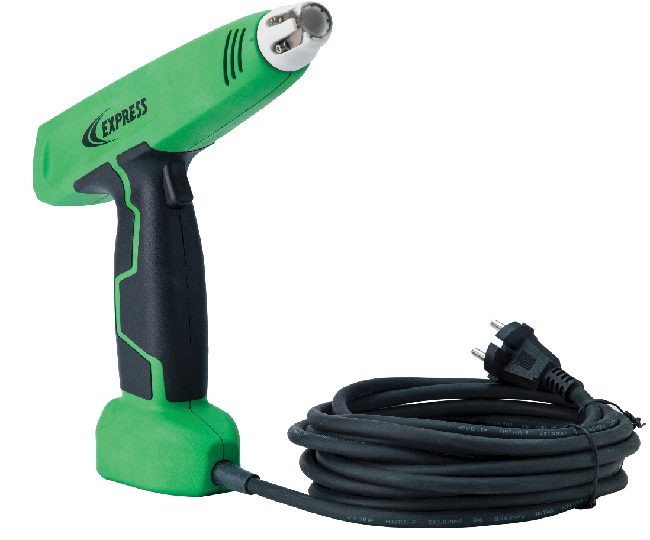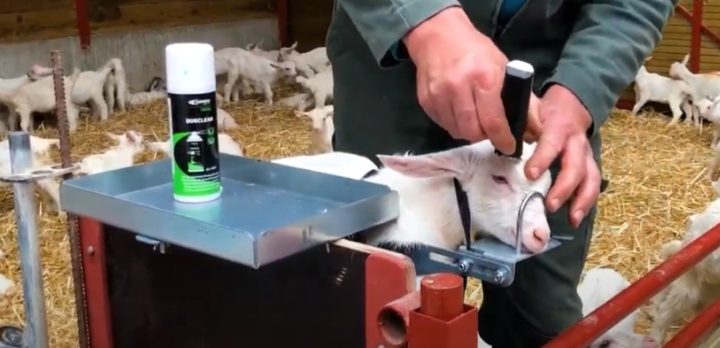
The current management of cattle and goats requires dehorning of animals for practical, safety and health reasons, both for the animals and for the farmer. Fortunately, the days of brutal dehorning with saws or sawing machines are over; animal welfare is now taken into account and only methods that are respectful of cattle and goats are allowed, and among these, electric-powered bovine dehorning.
Reasons for dehorning cattle and goats
Horned animals on farms injure each other because of the promiscuity in the stables, as well as during sometimes violent interactions, in case of conflict between animals. In addition, cattle must be able to move their heads freely through the feed fence to gain access to the feeding alley.
Horns also represent a danger during transport and handling, especially during veterinary care. Breeders can also be victims of horn blows, voluntary or involuntary.
The limits of chemical bovine and caprine dehorning
To avoid animal suffering, a chemical process to remove the horns was first developed, but researchers soon realized the risks for both the animals and the farmer. Many cases of burns have been reported, and the results are not always reliable.
The other problem with chemical dehorning is the age of the animal. Veterinary institutes recommend dehorning before the age of 4 weeks, but the treatment of herds is the responsibility of farmers who still all too often prefer to dehorning “in batches”, often done at weaning time.
Differentiating dehorning and disbudding
Dehorning consists in amputating the horn already formed, while disbudding is carried out on the barely formed horn buds. Disbudding should be preferred at all costs, as it is much less painful and does not upset the animal that has not become accustomed to living with horns.
Chemical dehorning, which is painful and stressful, is unfortunately also an additional factor in developing infections such as coccidiosis, which sometimes occurs after batch dehorning sessions.
The most suitable solution is electric dehorning, as it reduces the duration of the intervention to a minimum. It can be performed on the buds and is the least painful method for the animal.

Dehorner Cosmos
Electric dehorning of cattle: the gentlest of solutions
The stress and pain of the animal are precisely measurable, through to the cortisol level in the blood. This true “pain hormone” has therefore been identified and measured during research and tests, notably by the Swiss Veterinary Office.
The results of the tests proved that electric dehorning is the gentlest of solutions, provided that local anesthesia is used and the dehorning is carried out within 4 weeks from birth.
In order to preserve animal welfare as far as possible, the farmer must use local anesthesia, which he supplements with a more lasting analgesic. The combination of these two treatments significantly reduces pain after bud cauterization.
The Express Farming electric dehorning machines are therefore the best solution among all the existing dehorning techniques. Thanks to them, all the elements are process for successful bovine and caprine dehorning: it is 100 %effective, causes less pain for the animal and eliminates the risk of infection. Its very short duration provides better comfort to the animal, and to the farmer.





